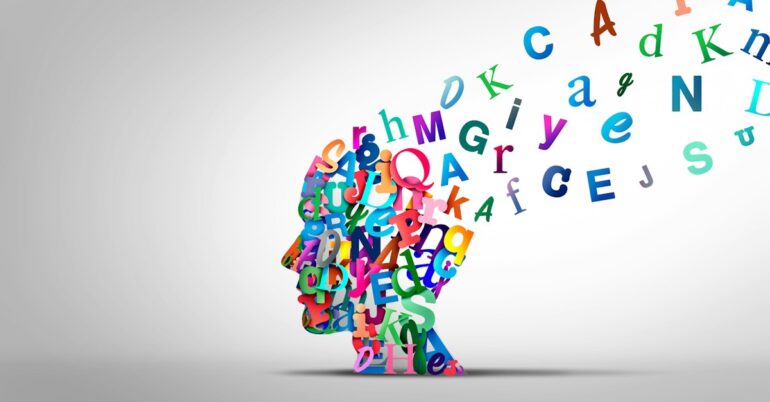TL;DR:
- A pioneering company leverages Artificial Intelligence (AI) to aid individuals with dyslexia.
- Dyslexia affects one in five people and is a prevalent learning disability.
- Dr. Coral Hoh, CEO of EduNational, leads the charge in using AI to customize dyslexia intervention.
- The AI-driven program Dysolve creates interactive verbal games to evaluate and assist students.
- Dysolve offers tailored solutions for over 10 million dyslexic children in the United States.
Main AI News:
In the realm of technological innovation, there is a pioneering venture dedicated to making a profound impact on the lives of those grappling with dyslexia—a condition that affects a staggering one out of every five individuals. This forward-thinking company harnesses the power of Artificial Intelligence (AI) to provide invaluable assistance to individuals with dyslexia, offering them a beacon of hope in their pursuit of improved language processing skills.
Dyslexia, a condition characterized by the struggle to process written language, plagues a significant portion of the population, comprising a staggering 80 to 90 percent of individuals with learning disabilities. Amidst this challenge, a beacon of hope emerges in the form of a groundbreaking AI program that holds the potential to rectify dyslexia’s grasp on individuals. Spearheading this innovative endeavor is Dr. Coral Hoh, a distinguished clinical linguist who serves as the CEO and co-founder of EduNational, the driving force behind this transformative initiative.
The complexity of dyslexia necessitates a computing solution capable of identifying and rectifying the minutiae of errors within the code unique to each individual. Moreover, given the considerable variability in language processing difficulties among individuals, an intelligent and adaptive solution is imperative. This is where artificial intelligence comes to the forefront, offering the capability to customize the program for each person facing the challenges of dyslexia. Remarkably, the scale of this endeavor extends to encompass over 10 million children grappling with dyslexia in the United States alone.
The core mechanism of this innovative solution revolves around the computer’s ability to generate interactive verbal games, serving as an evaluation tool for each student. Based on the student’s responses, the AI system ingeniously formulates new corrective games tailored to address their specific underlying language processing difficulties. Aptly named “Dysolve,” this program represents a paradigm shift in the realm of dyslexia intervention, offering a tailored and technologically-driven approach to empower individuals on their journey to linguistic proficiency.
Conclusion:
The utilization of AI in the Dysolve program represents a game-changing innovation in the field of dyslexia support. With the potential to customize solutions for a substantial market of over 10 million dyslexic children in the United States alone, this technology not only enhances individual learning experiences but also holds significant market potential for AI-driven educational solutions.

